Home>Furniture>Outdoor Furniture>What To Put Under Pots On A Patio
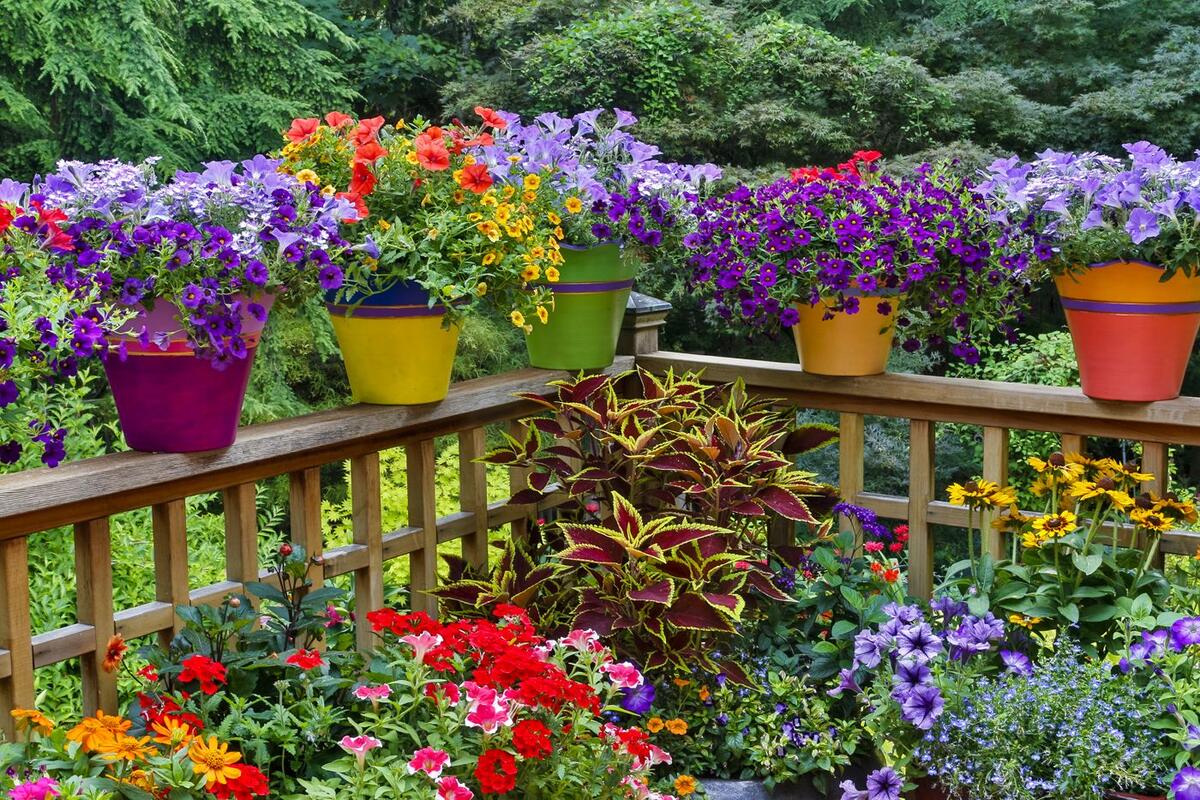

Outdoor Furniture
What To Put Under Pots On A Patio
Modified: October 20, 2024
Discover the best options for what to put under pots on your patio to protect your outdoor furniture. Keep your patio looking stylish and prevent damage with our helpful tips and recommendations.
(Many of the links in this article redirect to a specific reviewed product. Your purchase of these products through affiliate links helps to generate commission for Storables.com, at no extra cost. Learn more)
Introduction
When it comes to creating a cozy and inviting outdoor space, patio furniture plays a significant role. From comfortable seating to stylish tables, each piece contributes to the overall aesthetic and functionality of the area. One essential aspect that often gets overlooked is what to put under pots on a patio.
While it may seem like a minor detail, choosing the right surface for your potted plants can make a big difference in the health and longevity of your patio. Whether you’re a seasoned gardener or a beginner, understanding the importance of using pot saucers or other under-pot solutions is crucial.
With that in mind, this article will explore the various options available for what to put under pots on a patio. From traditional pot saucers to creative alternatives, we’ll discuss the pros and cons of each option. By the end, you’ll have a better understanding of which under-pot solution suits your needs and complements your patio design.
So, let’s dive in and discover the different options for enhancing your patio and ensuring the health and beauty of your potted plants.
Key Takeaways:
- Using pot saucers under patio plants is essential to prevent water damage, control drainage, maintain cleanliness, provide humidity control, preserve nutrients, and protect surfaces, ensuring healthy and thriving potted plants.
- When choosing under-pot solutions for your patio, consider factors such as pot size, drainage, patio surface, aesthetic appeal, maintenance requirements, and budget to create a beautiful and functional outdoor space.
Read more: What To Put Under Patio Stones
Importance of Using Pot Saucers
When it comes to maintaining healthy potted plants on your patio, using pot saucers is essential. These small, shallow trays placed underneath the pots serve multiple purposes and offer numerous benefits. Let’s explore why using pot saucers is important:
- Prevents water damage: Pot saucers act as a barrier between the pot and the patio surface, preventing water from seeping through and causing damage. This is especially important for surfaces like wood or concrete, which can be susceptible to water absorption and discoloration.
- Controls drainage: Pot saucers help regulate the amount of water that drains from the pots. They catch excess water, preventing it from pooling and potentially drowning the plant roots. This allows for better control over watering and reduces the risk of overwatering, which can lead to root rot and other issues.
- Maintains cleanliness: By collecting water runoff, pot saucers help keep the patio clean and free from unsightly stains. They also prevent soil from spilling out of the pots, keeping the area tidy and minimizing maintenance.
- Provides humidity control: Pot saucers can be filled with water to increase humidity levels around the plants. This is particularly beneficial in dry climates or during hot summer months when plants might need extra moisture. The saucers act as a reservoir, slowly releasing moisture into the air and creating a more favorable environment for plant growth.
- Preserves nutrients: When you water your plants, essential nutrients can leach out of the soil along with the excess water. Pot saucers capture this nutrient-rich water, allowing it to be absorbed back into the soil rather than being lost. This ensures that your plants receive the maximum benefit from the fertilizer and nutrients you provide them.
- Protects surfaces: In addition to protecting the patio surface, pot saucers can also protect delicate furniture or flooring beneath the pots. They prevent moisture from seeping onto valuable surfaces, preserving their quality and longevity.
Overall, using pot saucers is a simple yet effective way to maintain the health and appearance of your potted plants while prolonging the life of your patio and preserving its cleanliness. Now that we understand the importance of pot saucers, let’s explore the different options available for what to put under pots on a patio.
Different Options for What to Put Under Pots on a Patio
Now that we recognize the significance of using pot saucers, let’s explore the various options for what to put under pots on a patio. From functional pot saucers to creative alternatives, there are plenty of choices to consider. Here are seven options to help you find the right under-pot solution for your patio:
- Pot Saucers: Pot saucers are designed specifically for this purpose, providing a stable base for your pots and catching excess water. They are available in various sizes, materials, and styles to suit your aesthetic preferences. Plastic, ceramic, and terracotta saucers are commonly used options.
- Plastic Drip Trays: Similar to pot saucers, plastic drip trays are shallow trays that sit underneath the pots to collect water runoff. They are lightweight, easy to clean, and often come in a wide range of sizes. Look for drip trays with raised edges to prevent water spillage.
- Decorative Plates or Trivets: If you’re seeking a more aesthetically pleasing option, consider using decorative plates or trivets as under-pot solutions. These can add a touch of style to your patio while still serving the purpose of catching water. Look for plates or trivets made from materials that can withstand outdoor conditions.
- Cork Mats or Coasters: Cork is a natural and eco-friendly option for placing under pots. Cork mats or coasters can absorb excess water and provide a soft base for your pots to rest on. They also create a natural and rustic look, seamlessly blending with your patio decor.
- Pea Gravel or Stones: For a more decorative and functional option, consider placing a layer of pea gravel or stones underneath the pots. This not only helps with drainage but also adds visual interest to your patio. Ensure that the stones are large enough to support the pots and allow water to flow through.
- Terracotta Tiles or Pavers: If you prefer a more permanent solution, terracotta tiles or pavers can be placed underneath the pots for both functional and aesthetic purposes. Their porous nature helps absorb excess water, and they seamlessly blend with terracotta pots, creating a cohesive look for your patio.
- DIY Solution: Recycled Materials: Get creative and repurpose items you already have at home as under-pot solutions. This could include old baking trays, cookie sheets, or even plastic containers with drainage holes. Not only does this option save money, but it also reduces waste and allows you to add a personal touch to your patio.
With these options in mind, you can choose the under-pot solution that best suits your needs, preferences, and budget. Keep in mind the size and weight of your pots, the materials that work well in your climate, and the overall aesthetic of your patio. Let’s move on to some tips for choosing and using the right under-pot solution.
Pot Saucers
Pot saucers are a classic and reliable option for what to put under pots on a patio. These shallow trays are specifically designed to catch water runoff from potted plants and provide a stable base. Here are some key points to consider about pot saucers:
- Material: Pot saucers are available in a variety of materials, including plastic, ceramic, and terracotta. Plastic saucers are lightweight, durable, and easy to clean. Ceramic saucers offer a more stylish and decorative option, while terracotta saucers blend seamlessly with terracotta pots and create a cohesive look.
- Size: Choose a pot saucer that is slightly larger than the diameter of your pot to ensure sufficient coverage and catch any excess water. It should be wide enough to prevent water from overflowing when you water your plants.
- Drainage Holes: Pot saucers typically have one or more drainage holes to allow water to flow out of the tray. These holes prevent the saucer from becoming waterlogged and ensure proper drainage for your plants.
- Matching saucer to pot: Depending on the size and design of your pots, you may need to choose saucers that are specifically designed to fit them. Some pots come with matching saucers, while others require you to find saucers that fit properly. Ensure that the saucer provides enough support and stability for your pots.
- Consider the weight: If you have large and heavy pots, make sure the pot saucers are sturdy enough to support their weight. Reinforced plastic or ceramic saucers with thicker edges are a good option for heavier pots.
- Cleaning and maintenance: Regularly check the pot saucers for dirt, debris, and any stagnant water. Clean them as needed to prevent the buildup of mold, fungi, or pests. Depending on the material, you can wash them with mild soap and water or wipe them down with a damp cloth.
Pot saucers provide a practical and straightforward solution for collecting excess water and preventing damage to your patio or flooring. They come in various sizes and materials, allowing you to choose the option that best suits your needs and complements your patio design. Additionally, pot saucers are widely available at garden centers and online retailers, making them easily accessible for any gardening project.
Now that you have a good understanding of pot saucers, let’s explore the next option for what to put under pots on a patio: plastic drip trays.
Plastic Drip Trays
Plastic drip trays are another popular choice for what to put under pots on a patio. These lightweight and versatile trays are designed to catch excess water runoff from potted plants, providing an effective drainage solution. Here are some key points to consider about plastic drip trays:
- Size and shape: Plastic drip trays come in various sizes and shapes to accommodate different pot sizes and shapes. It’s important to choose a tray that is large enough to catch the water runoff from your pots without overflowing. The shape should also fit well with your patio layout and the arrangement of your potted plants.
- Material: Plastic drip trays are commonly made of durable and weather-resistant materials such as polypropylene or PVC. These materials are lightweight, easy to clean, and can withstand outdoor conditions without deteriorating or warping.
- Raised edges: Look for drip trays with raised edges to prevent water spillage. The raised edges help contain the water within the tray and prevent it from seeping onto your patio surface or furniture.
- Cleaning and maintenance: Regularly check the plastic drip trays for any debris, dirt, or stagnant water. Clean them as needed by rinsing with water or wiping with a damp cloth. Plastic drip trays are easy to clean and maintain, making them a convenient choice for busy gardeners.
- Versatility: Plastic drip trays can be used not only under pots but also for various other gardening purposes. They can serve as water reservoirs for self-watering pots, bases for seedlings or small plants, or trays for plant propagation. Their versatility makes them a valuable addition to your gardening tools and equipment.
- Affordability: Plastic drip trays are usually more affordable compared to other under-pot solutions. They are widely available at garden centers, home improvement stores, and online retailers, making them a budget-friendly choice for any patio project.
Plastic drip trays offer a practical and cost-effective solution for managing water drainage on your patio. They are lightweight, durable, and easy to clean, making them suitable for both novice and experienced gardeners. Whether you have a small balcony garden or a spacious patio filled with potted plants, plastic drip trays are a reliable option to protect your surfaces from water damage and maintain a clean and tidy outdoor space.
Now that you’re familiar with plastic drip trays, let’s move on to exploring the next option for what to put under pots on a patio: decorative plates or trivets.
Read more: What To Put Into Hot Pot
Decorative Plates or Trivets
If you’re looking for a more stylish and aesthetically pleasing option, decorative plates or trivets can be an excellent choice for what to put under pots on a patio. These decorative pieces not only serve the purpose of catching water runoff but also add a touch of elegance to your outdoor space. Here are some key points to consider about using decorative plates or trivets:
- Material and design: Decorative plates or trivets come in a wide range of materials, such as ceramic, porcelain, glass, or metal, allowing you to find an option that matches your patio design. Consider the overall theme and style of your outdoor space and choose plates or trivets that complement the decor.
- Size and shape: Depending on the size of your pots, select plates or trivets that are large enough to catch the water runoff without causing overflow. The shape should also fit well with the shape of your pots and the arrangement of your patio. Circular, square, or rectangular plates are popular choices.
- Waterproof and durable: It’s important to choose plates or trivets that are waterproof and able to withstand outdoor conditions. Make sure they are made of materials that are resistant to moisture and won’t warp or deteriorate over time.
- Elevated design: Look for plates or trivets that have a raised or contoured design. This helps to prevent water from spilling over the edges and keeps the pots elevated, allowing air circulation and preventing excess moisture from affecting the plants.
- Maintenance: Like any decorative item, decorative plates or trivets may require regular cleaning and maintenance to keep them looking their best. Follow the manufacturer’s instructions for cleaning and avoid using harsh chemicals that could damage the material.
- Multiple functions: Beyond their use as under-pot solutions, decorative plates or trivets can also be used for other purposes. They can serve as display stands for smaller pots or as centerpieces on outdoor tables. This versatility allows you to get creative with your patio decor.
Using decorative plates or trivets as under-pot solutions adds a visually appealing element to your patio while providing the necessary function of preventing water damage. These decorative pieces can elevate the overall look of your outdoor space and create a cohesive and inviting atmosphere. Whether you opt for colorful ceramic plates or sleek metal trivets, incorporating decorative elements into your under-pot solutions allows you to showcase your personal style and enhance the aesthetics of your patio.
Now that you have explored the option of decorative plates or trivets, let’s move on to discussing the use of cork mats or coasters as under-pot solutions on a patio.
Place a layer of gravel or small rocks under your pots on a patio to improve drainage and prevent water from pooling. This will help protect your patio surface and prevent water damage.
Cork Mats or Coasters
If you’re looking for a natural and eco-friendly option to put under pots on a patio, consider using cork mats or coasters. Cork is a sustainable material known for its versatility and durability. Here are some key points to consider about using cork mats or coasters as under-pot solutions:
- Material: Cork is a natural material obtained from the bark of the cork oak tree. It is renewable, biodegradable, and has excellent moisture-absorbing properties. Cork mats or coasters are typically made by compressing layers of cork together.
- Water absorption: Cork is excellent at absorbing excess water and moisture. When placed under pots, it can absorb any water runoff, preventing it from pooling on your patio surface or causing damage. The natural moisture-wicking properties of cork help maintain the optimal moisture level for your plants.
- Soft and protective surface: Cork provides a soft and cushioned surface for your pots to rest on. This adds an extra layer of protection to your patio surface or furniture, reducing the risk of scratches or marks.
- Natural look: Cork mats or coasters have a natural and rustic look that blends seamlessly with outdoor settings. They can add an earthy and organic touch to your patio decor, creating a warm and inviting atmosphere.
- Cleaning and maintenance: Cleaning cork mats or coasters is relatively easy. You can wipe them down with a damp cloth or use a mild soap solution if necessary. Make sure to dry them thoroughly before placing them back under your pots.
- Versatility: Beyond their use as under-pot solutions, cork mats or coasters can serve other practical purposes in your patio space. They can be used as trivets for hot pots or as a soft surface to place drinks or small items on outdoor tables.
Using cork mats or coasters as under-pot solutions not only benefits your plants but also adds a natural and eco-friendly touch to your patio. The moisture-absorbing properties of cork, along with its durability and versatility, make it a practical option for various gardening needs. Consider incorporating cork into your patio design to create a sustainable and visually appealing outdoor space.
Now that you have explored the option of cork mats or coasters, let’s move on to discussing the use of pea gravel or stones as under-pot solutions on a patio.
Pea Gravel or Stones
For a decorative and functional under-pot solution on your patio, consider using pea gravel or stones. These natural materials not only enhance the visual appeal of your outdoor space but also provide excellent drainage and stability for your potted plants. Here are some key points to consider about using pea gravel or stones as under-pot solutions:
- Drainage: Pea gravel or stones create a porous layer under your pots that allows water to drain freely. Excess water can easily flow through the gaps between the stones, preventing it from pooling around the plant roots and causing waterlogged soil. This improves the overall health and well-being of your plants.
- Decoration: Pea gravel or stones come in various colors and sizes, allowing you to create visual interest and add texture to your patio. You can choose a color that complements your patio decor or select a mix of colors to create a unique look.
- Plant stability: By placing pots on top of a layer of pea gravel or stones, you provide a stable base that helps prevent pots from tipping over or being affected by strong winds. This is particularly beneficial for taller or top-heavy plants.
- Easy maintenance: Pea gravel or stones require minimal maintenance. Occasionally, you may need to remove any debris or weeds that may accumulate between the stones. Rinsing them with water or using a leaf blower can help keep them clean.
- Use of landscape fabric: To prevent weeds from growing through the layer of pea gravel or stones, you can lay down a sheet of landscape fabric before adding the material. The fabric allows for proper drainage while keeping unwanted growth at bay.
- Versatility: Pea gravel or stones can be used not only under pots but also in various other landscaping areas of your patio. You can create pathways, borders, or decorative areas using the same materials, creating a cohesive look throughout your outdoor space.
Using pea gravel or stones as under-pot solutions adds a natural and decorative element to your patio while providing excellent drainage and stability for your potted plants. The versatility and ease of maintenance make them an attractive option for any patio garden. Get creative with different colors, sizes, and arrangements to personalize your outdoor space and make it visually stunning.
Now that you’ve explored the option of pea gravel or stones, let’s move on to discussing the use of terracotta tiles or pavers as under-pot solutions on a patio.
Terracotta Tiles or Pavers
If you prefer a more permanent and cohesive look for your patio, using terracotta tiles or pavers as under-pot solutions is a fantastic option. Terracotta is a timeless and versatile material that not only provides a sturdy base for your pots but also adds a touch of elegance to your outdoor space. Here are some key points to consider about using terracotta tiles or pavers:
- Material: Terracotta tiles and pavers are made from fired clay, resulting in a durable and weather-resistant material. This makes them perfect for outdoor use as under-pot solutions on your patio.
- Drainage: Terracotta has natural porous properties that allow for proper drainage. Placing pots on terracotta tiles or pavers ensures excess water can escape, preventing waterlogging and root rot.
- Matching pots: Terracotta tiles or pavers perfectly complement terracotta pots, creating a cohesive and harmonious look. The earthy tones of terracotta blend seamlessly with the natural surroundings of your patio.
- Stability: Terracotta tiles or pavers provide a stable base that keeps pots secure and prevents them from tipping over. This is particularly important for larger or heavier pots that can be more prone to instability.
- Easy installation: Installing terracotta tiles or pavers as under-pot solutions is a straightforward process. Simply lay them in place, ensuring they are level and stable. If necessary, you can use a layer of sand or gravel underneath to reinforce stability.
- Maintenance: Terracotta tiles or pavers are relatively low-maintenance. To keep them in good condition, periodically clean them with water and a mild soap solution. Be cautious with using harsh chemicals as they could damage the terracotta’s porous surface.
- Design options: Terracotta tiles or pavers come in various sizes, shapes, and textures, allowing you to customize the look of your patio. You can choose traditional square or rectangular tiles, or explore more unique shapes and patterns to create a statement piece.
Using terracotta tiles or pavers as under-pot solutions not only provides a functional and stable foundation but also adds a timeless and elegant touch to your patio. The natural properties of terracotta enhance the visual appeal of your outdoor space while ensuring the proper drainage and stability necessary for healthy plant growth. Consider incorporating terracotta into your patio design to create a cohesive and inviting atmosphere.
Now that you have explored the option of terracotta tiles or pavers, let’s move on to discussing the DIY solution of using recycled materials as under-pot solutions on a patio.
Read more: What To Put On A Patio
DIY Solution: Recycled Materials
If you’re looking for a budget-friendly and environmentally conscious option, using recycled materials as under-pot solutions is a great DIY solution for your patio. Not only does it minimize waste, but it also allows you to get creative and add a personal touch to your outdoor space. Here are some ideas for utilizing recycled materials as under-pot solutions:
- Baking trays or cookie sheets: Old baking trays or cookie sheets can be repurposed as under-pot trays. Simply place them underneath your pots to catch water runoff. These trays are usually made of durable metal and are easy to clean and maintain.
- Plastic containers with drainage holes: Look for plastic containers such as yogurt containers, ice cream tubs, or food storage containers that can be repurposed as under-pot solutions. Drill several drainage holes in the bottom to allow for proper water drainage.
- Pallet wood: If you have access to discarded pallets, you can dismantle them and use the wood to create custom under-pot solutions. Cut the wood into desired sizes and assemble them into shallow trays. Sand and seal the wood to protect it from moisture and outdoor conditions.
- Old ceramic plates or dishes: Broken or chipped ceramic plates or dishes can be transformed into unique under-pot solutions. You can use them as decorative plates under your pots, ensuring they are stable and won’t tip over.
- Recycled plastic bottles or jars: Cut the bottoms off plastic bottles or jars, creating shallow containers to catch water runoff. Make sure to punch holes in the base for proper drainage. These repurposed containers are lightweight and easy to move around your patio.
- Repurposed wooden crates: Old wooden crates can be transformed into rustic under-pot trays. Line the inside with plastic to prevent leakage and add a layer of gravel or pebbles for proper drainage.
- Upcycled ceramic tiles: Leftover or mismatched ceramic tiles can be repurposed as under-pot bases. Group a few tiles together to create a stable platform for your pots.
Getting creative with recycled materials not only saves money but also adds a unique and personal touch to your patio. Be resourceful and look for items that can be repurposed to create functional under-pot solutions while reducing waste. The possibilities are endless, allowing you to showcase your DIY skills and make your patio truly one-of-a-kind.
Now that you have explored a variety of under-pot solutions, let’s move on to some tips for choosing and using the right option for your patio.
Tips for Choosing and Using the Right Under-pot Solution
Choosing and using the right under-pot solution for your patio is crucial for the health of your plants and the overall aesthetic of your outdoor space. Here are some tips to help you make the best decision:
- Pot size and weight: Consider the size and weight of your pots when selecting an under-pot solution. Ensure that the solution you choose is sturdy enough to support the weight of the pot and stable enough to prevent tipping or wobbling.
- Drainage: Opt for under-pot solutions that allow for proper drainage. Excess water should be able to flow out freely to prevent waterlogging and root rot. Ensure that the solution you choose has sufficient drainage holes or a porous material to facilitate water drainage.
- Patio surface: Take into account the type of surface on your patio. Different under-pot solutions may work better on certain surfaces. For example, pot saucers or plastic drip trays are best for protecting surfaces like wood or concrete, while gravel or stones work well on gravel or stone patios.
- Aesthetic appeal: Consider the overall look and feel of your patio when selecting an under-pot solution. Choose options that complement your patio design and enhance the visual appeal of your outdoor space. Whether you prefer a natural and rustic look or a more modern and sleek aesthetic, there is a solution to suit your style.
- Maintenance: Consider the maintenance requirements of the under-pot solution. Some options may require more frequent cleaning or replacement, while others may be more low-maintenance. Take into account your lifestyle and the time you are willing to invest in maintaining the under-pot solution.
- Budget: Set a budget for your under-pot solutions and explore options within that range. There are a variety of under-pot solutions available at different price points, so you can find one that aligns with your budget without compromising on functionality or style.
- Experiment and customize: Don’t be afraid to get creative and think outside the box when it comes to under-pot solutions. Mix and match different materials and styles to create a personalized look. You can even combine multiple under-pot solutions to add texture and visual interest to your patio.
By considering these tips, you can choose the right under-pot solution that not only meets the practical needs of your plants but also enhances the beauty of your patio. Remember that the under-pot solution plays a crucial role in maintaining the health of your plants and protecting your patio surfaces, so take the time to research and select the best option for your specific needs.
Now that you are equipped with the knowledge of different under-pot solutions and valuable tips for choosing and using them, you can create a beautiful and thriving patio filled with healthy potted plants. Enjoy the process of finding the perfect under-pot solutions that reflect your style and create a welcoming outdoor oasis.
Is there anything else you would like to know?
Conclusion
Choosing the right under-pot solution for your patio is a crucial step in creating a beautiful and functional outdoor space. From pot saucers and plastic drip trays to decorative plates and recycled materials, there are numerous options available to suit your needs and aesthetic preferences.
Using pot saucers provides a practical and straightforward solution, preventing water damage and ensuring proper drainage. Plastic drip trays offer a lightweight and versatile option, while decorative plates or trivets add a touch of elegance to your patio. Cork mats or coasters provide a natural and eco-friendly choice, while pea gravel or stones offer both functionality and visual interest. Terracotta tiles or pavers create a more permanent and cohesive look, and repurposed materials allow for a budget-friendly and creative DIY solution.
When selecting an under-pot solution, consider factors such as pot size, drainage, patio surface, aesthetic appeal, maintenance requirements, and budget. By following these tips, you can make an informed decision and choose the option that best suits your needs and preferences.
Enhancing your patio with the right under-pot solutions not only supports the health and longevity of your potted plants but also adds beauty and charm to your outdoor living area. Whether you opt for functional and practical solutions or prefer to showcase your creative side with DIY alternatives, the possibilities are endless.
So, go ahead and transform your patio into a flourishing outdoor retreat, where your potted plants can thrive, and you can relax and enjoy the beauty of nature right in your own backyard.
If you have any further questions or need assistance with anything else, feel free to ask. Happy gardening!
Frequently Asked Questions about What To Put Under Pots On A Patio
Was this page helpful?
At Storables.com, we guarantee accurate and reliable information. Our content, validated by Expert Board Contributors, is crafted following stringent Editorial Policies. We're committed to providing you with well-researched, expert-backed insights for all your informational needs.
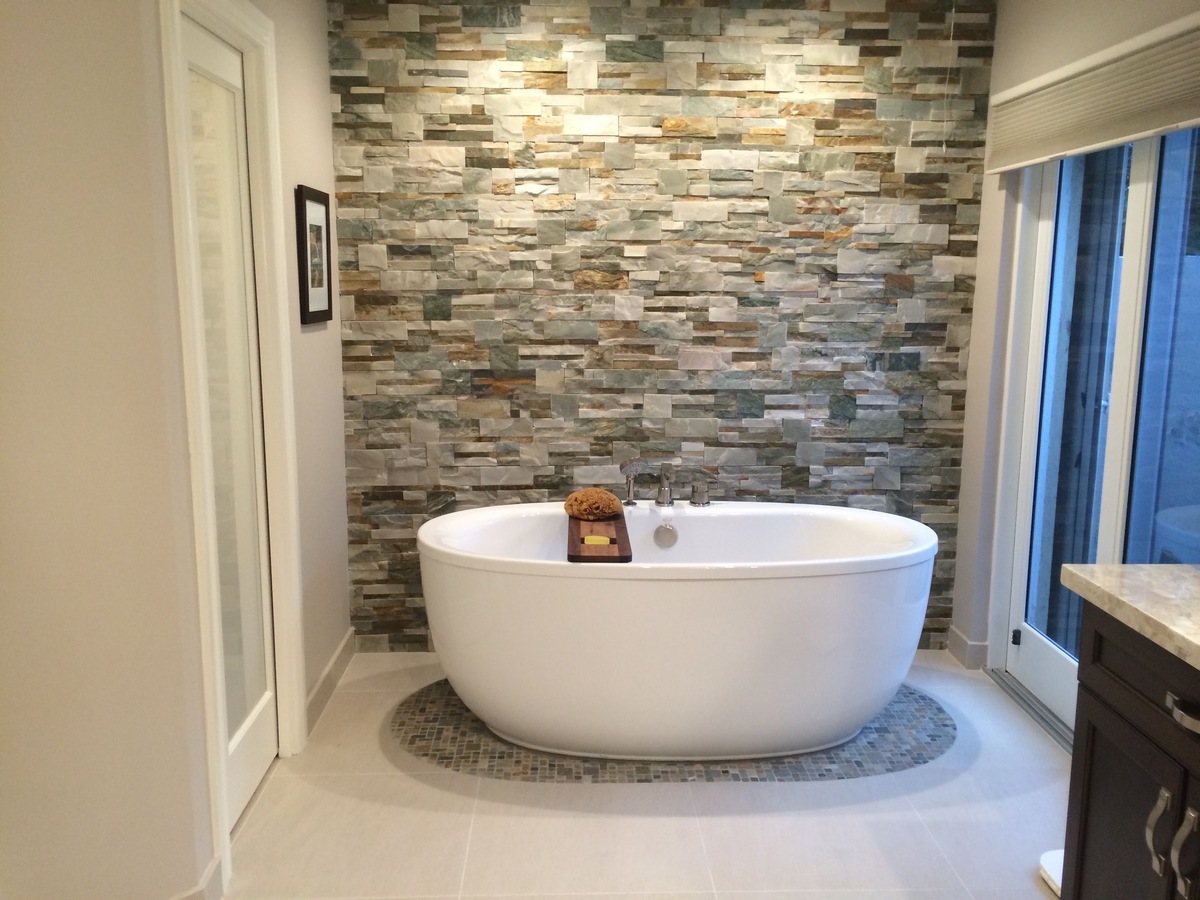
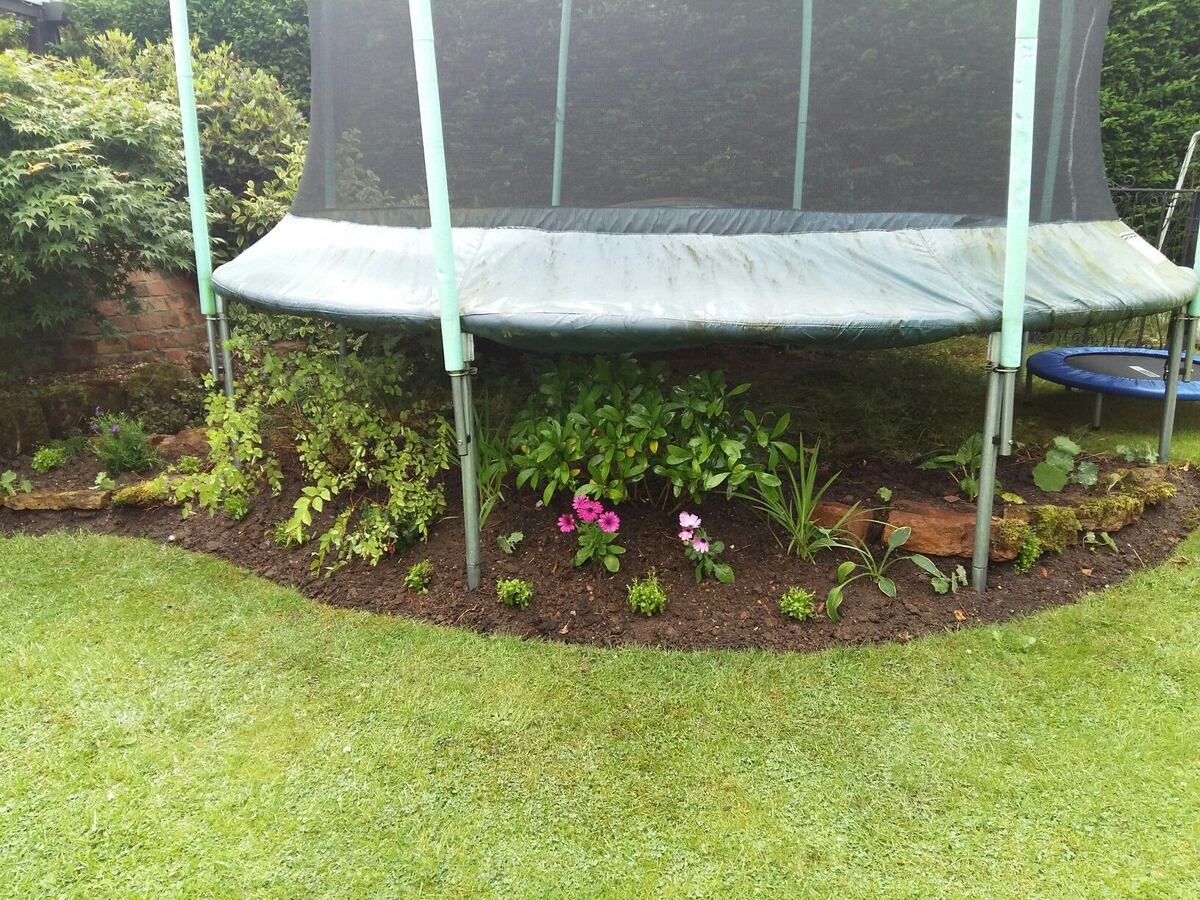
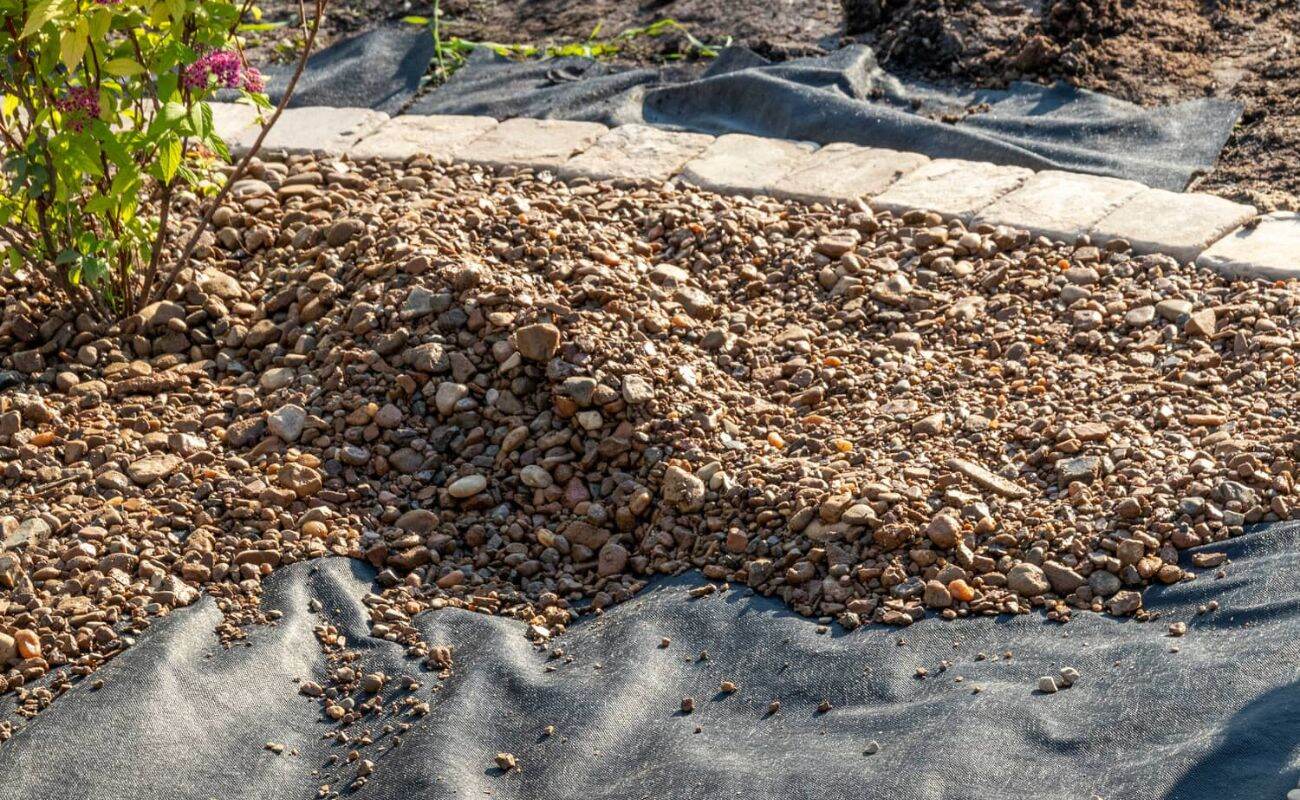
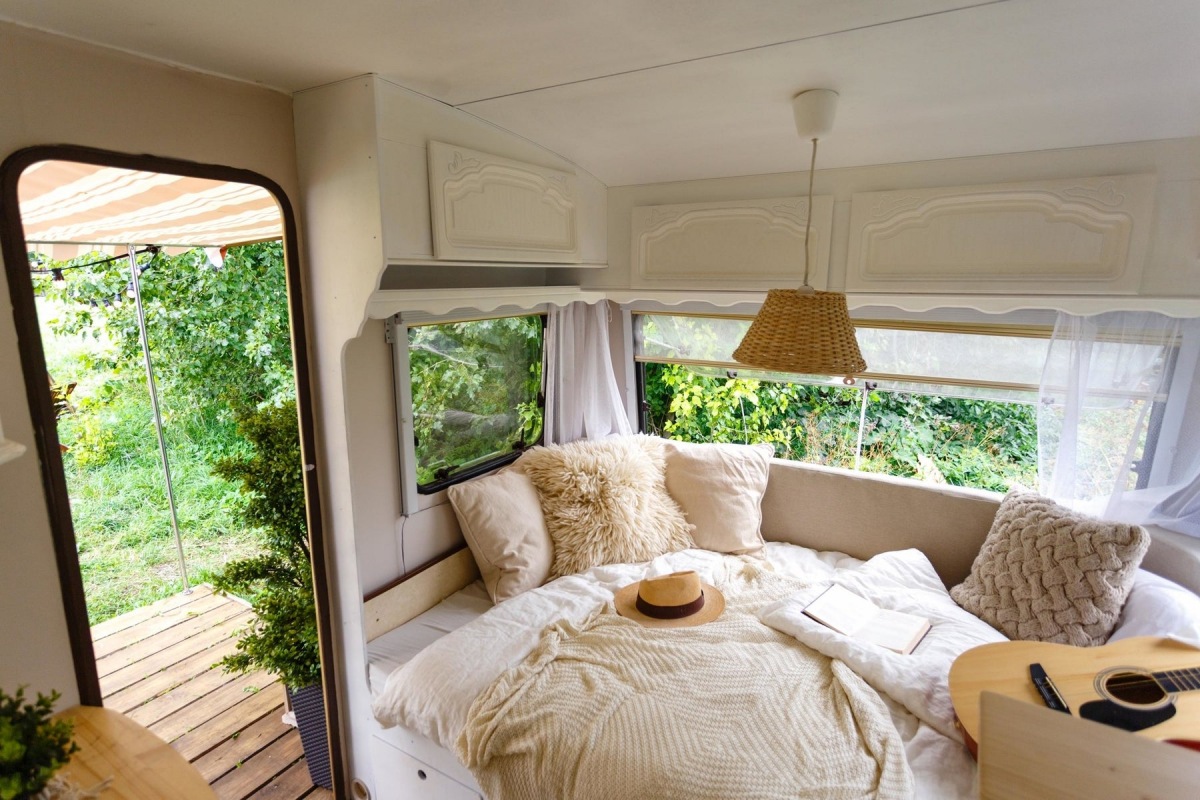
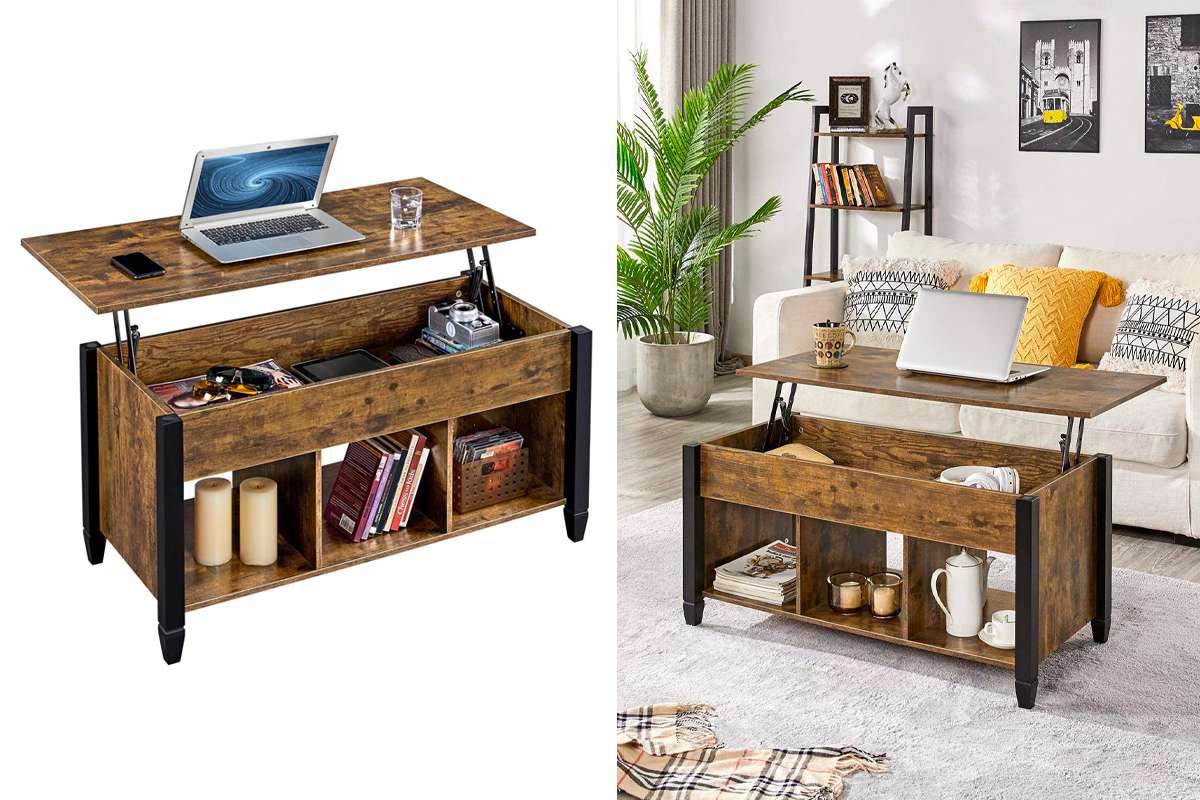
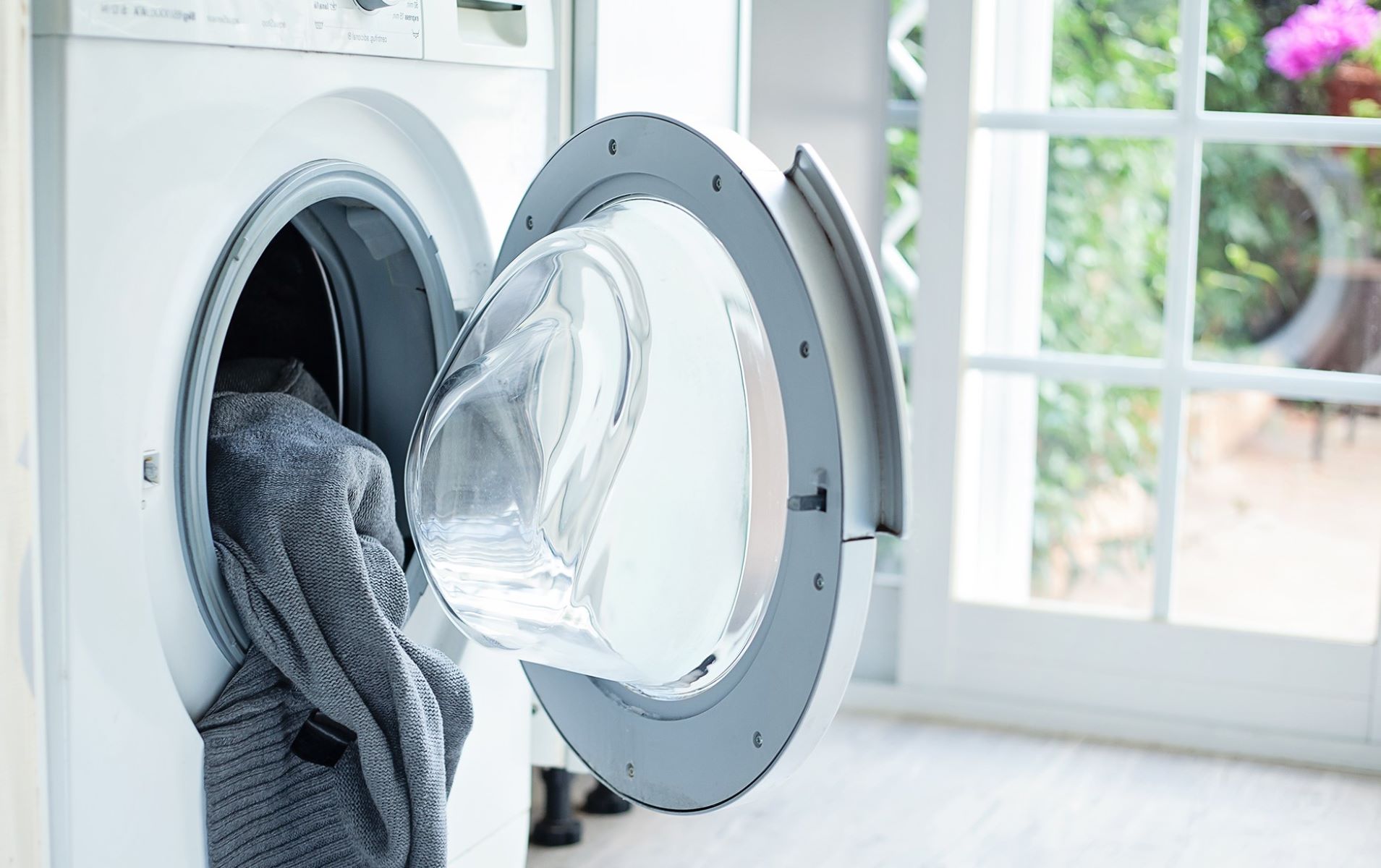
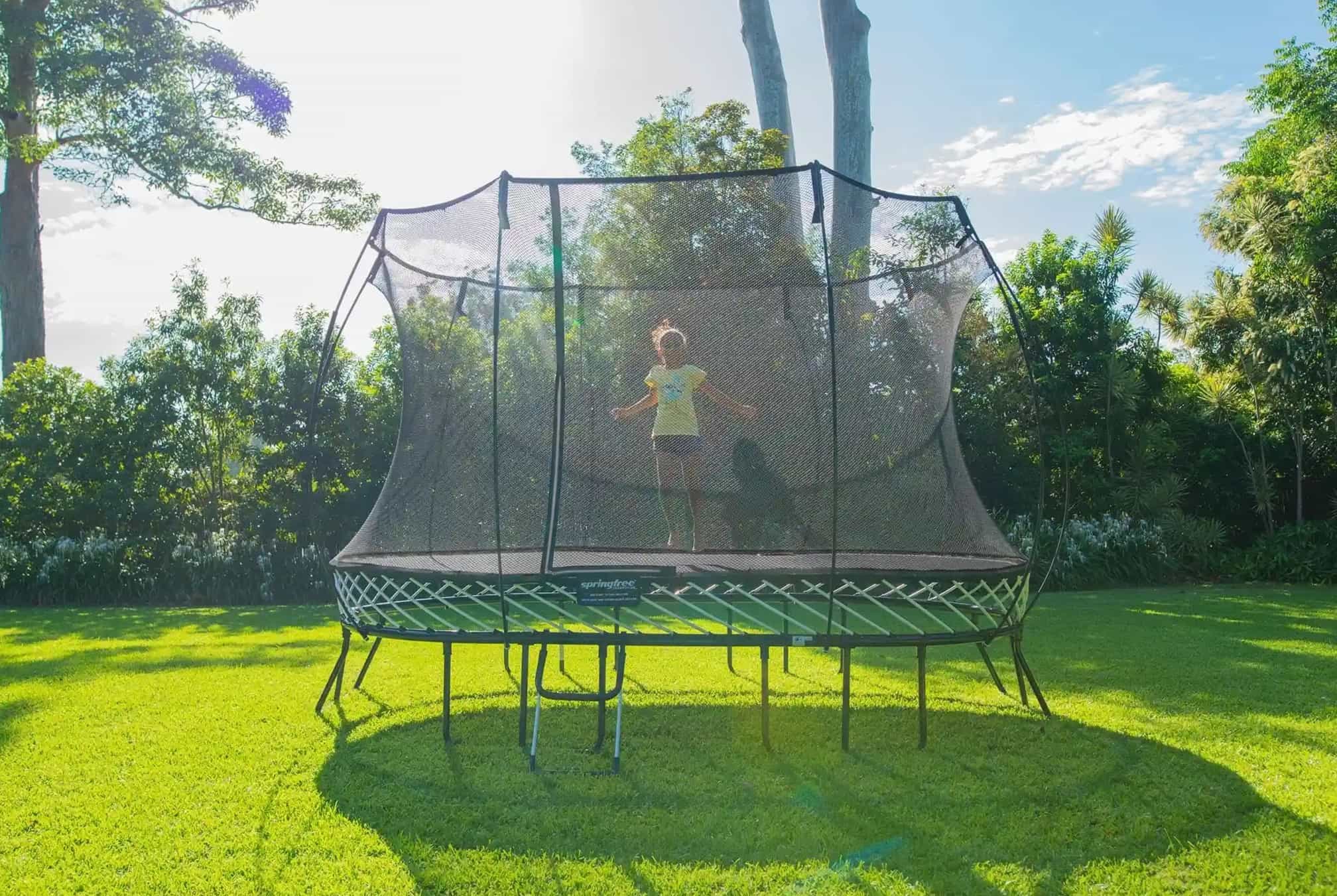

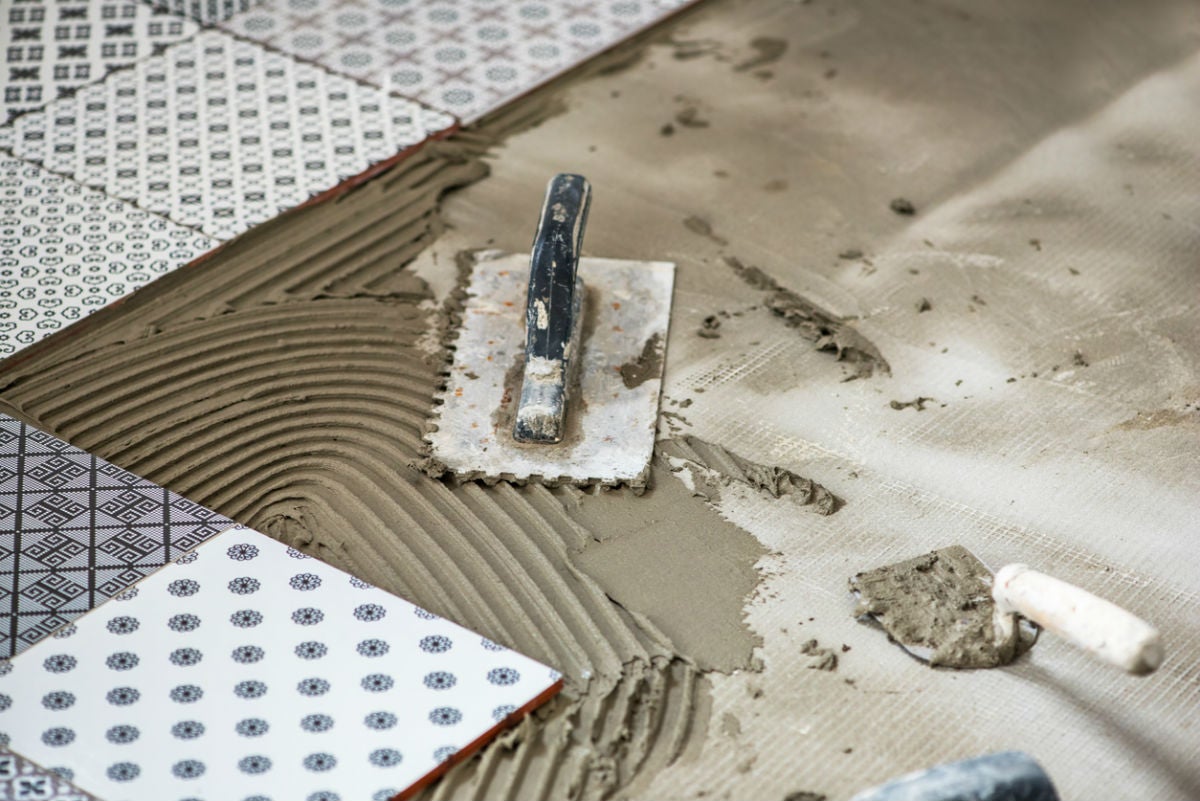

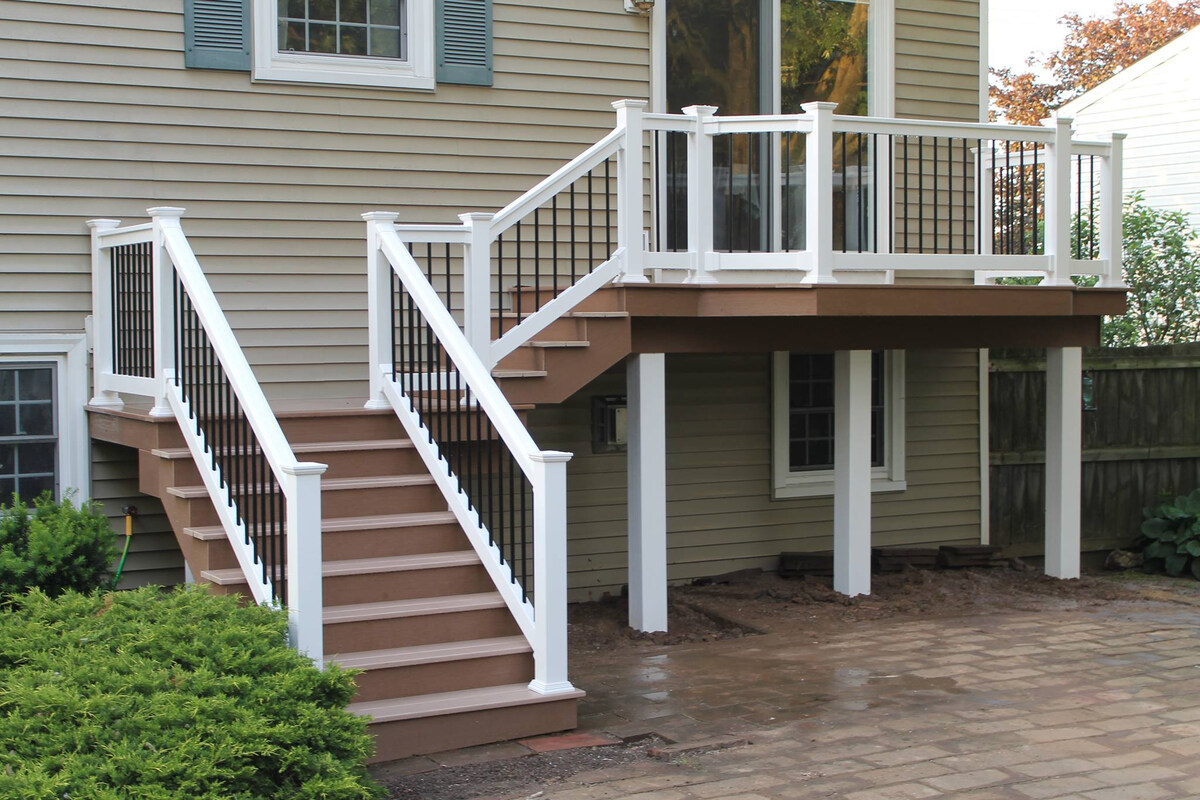
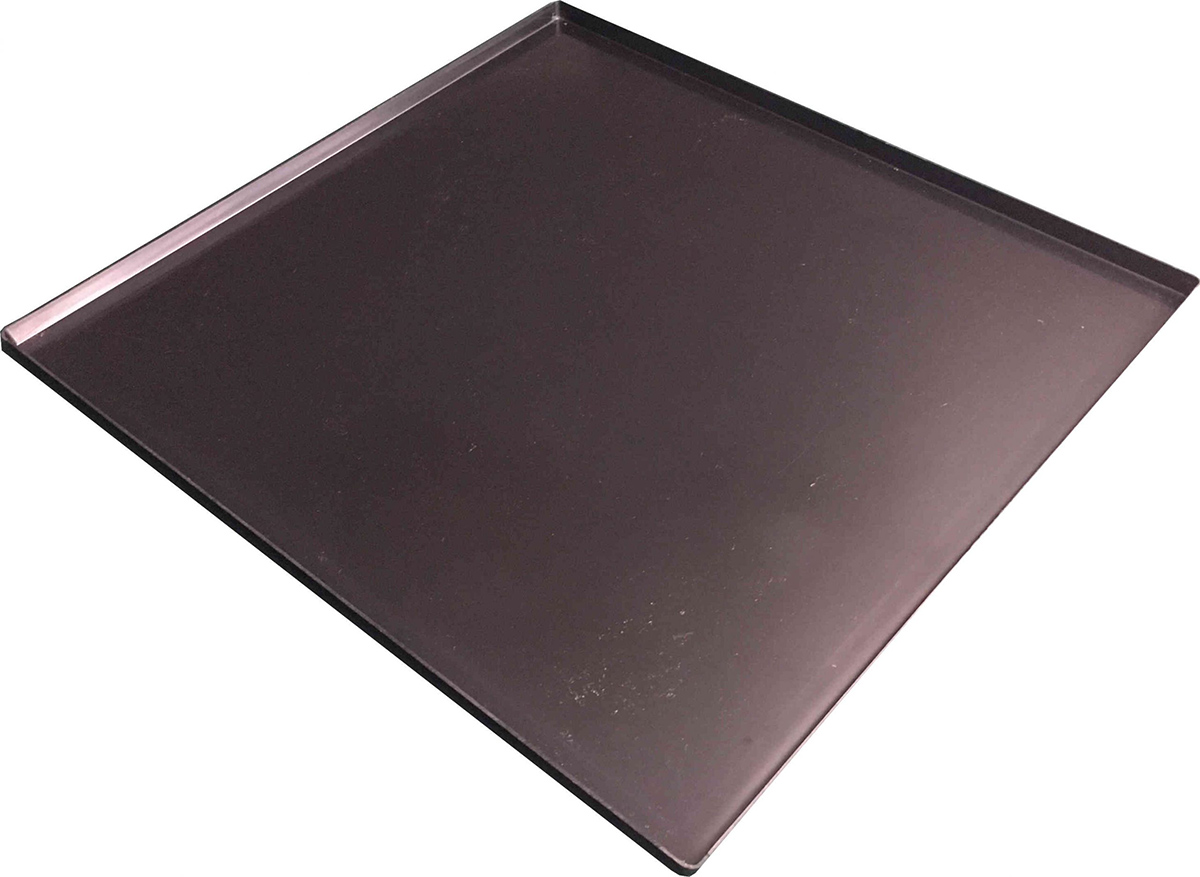
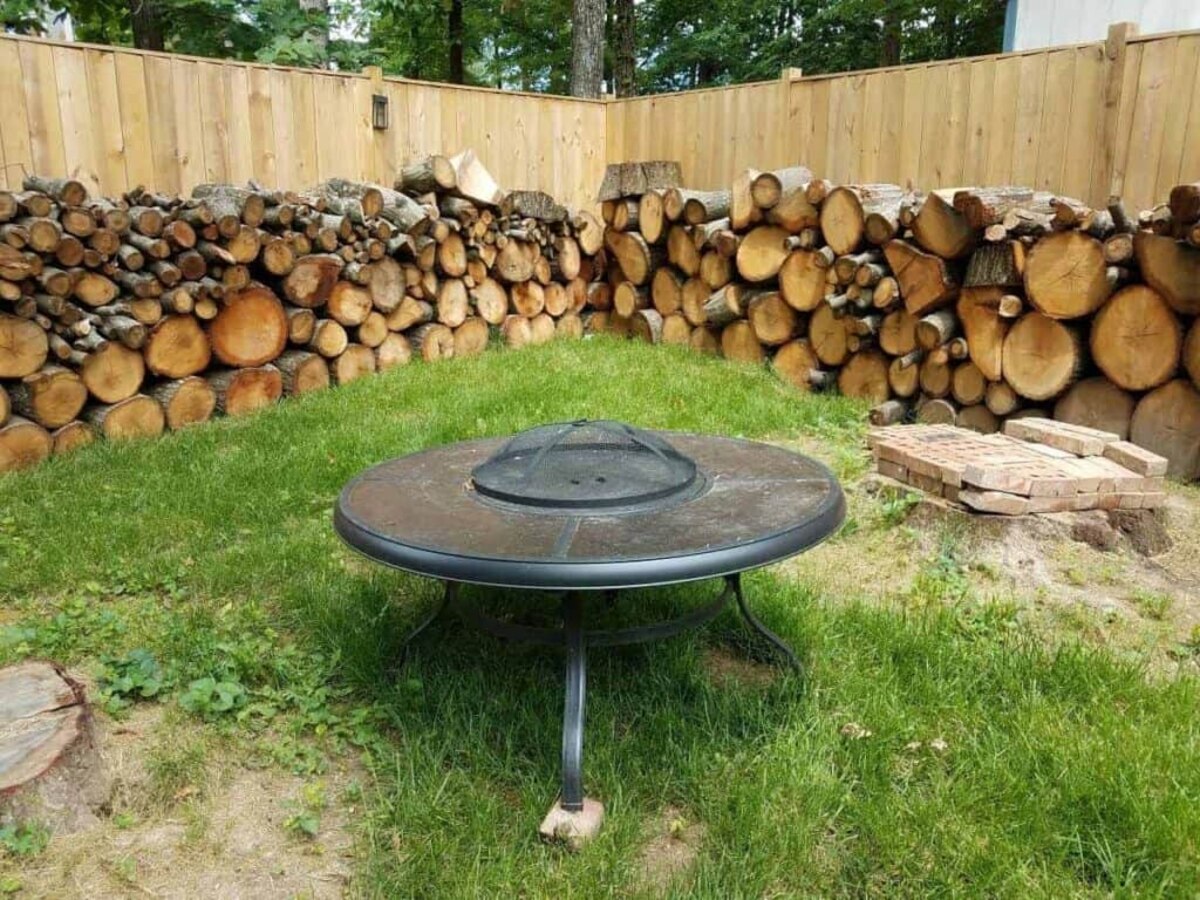

0 thoughts on “What To Put Under Pots On A Patio”